|
Bangadi Mor Paithani: Bangle Peacock (Bangadi Mor) Paithani Vases [Pallu
Contents] & Bangle Peacock Vines [Border Motifs]
Bangadi-Mor or Bangle
peacock is foremost beautiful and intricate design that dates back to almost
2000 years. Early weaves were found only in Pallu while in 1400 A.D. they found
place in border as well. Delicate to the level that a 3" bangle consist of
around 36 elements including 4 peacocks and a central flower. As time elapsed,
changes and eliminations either due to cost or the work involved, elements as
low as 10 are weaved today. Sandwitched between parrots, peacocks, stars and
asawali's besides flowering vine and lotuses, some borders are 6" to 18". In
last 100 years not a single true Bangadi-Mor was weaved.
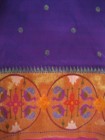
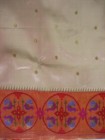
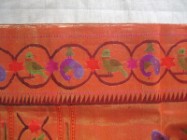 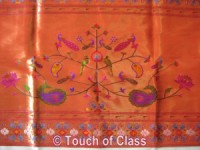
Asawali Paithani: Asawali Vases [Pallu
Contents] |&| Asawali Vines [Border Motifs]
Asawali Motifs, Vases
and Vines were popular in 18th to 19th Century during rule of Peshwa of Pune.
Asawali was adopted from Gujarat as the Peshwa established Yeola as weaving
centre and commissioned weavers from Gujarat to weave Paithanies for royals.
Since the Mughal influence was predominant, vines and vases remained main stream
pattern. Around 600 variants are available from this design from a simple vine
to a intricate 6 yard filler.
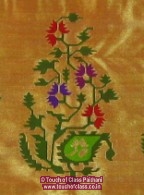
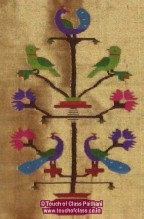
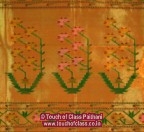
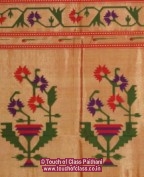
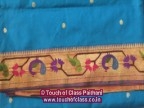 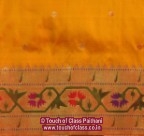 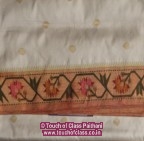
     
Akruti Paithani: Akruti or Geometry Vases [Pallu
Elements] |&| Akruti or Geometry Vines [Border Motifs]
Akruti Motifs, Vases
and Vines were popular in 16th and 17th Century during rule of Maratha Kingdom.
Due to its elegance and simplicity these were used in almost all paithani sarees
either as main element or elements in pallu. Even today Akruti retained its
place in most Paithanies woven. When you are thinking of simple yet artistic
weave, one can choose among 20 designs for border and pallu.
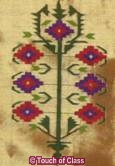
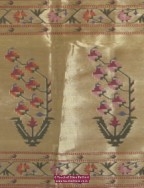
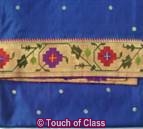


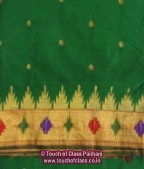
Flower Paithani: Flowers & Leaves Vases [Pallu
Contents] |&| Flowering Vines [Border Motifs]
Mughal's love for
flowers and gardens and Paithanies reflected in various elements and designs
starting from simple 4 petal flower to intricate roses, lotuses and tulips.
Combinations of many elements made them rich and unique and this was followed
till date with new elements adding and founding permanent place. Each motif is
weaved in different ways create its own style. Since past 1000 years there are
numerous designs that weaved and made each paithani a charm of its own.
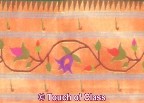
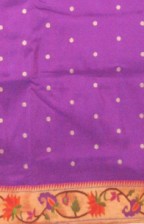
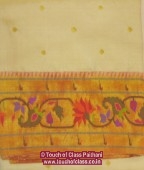
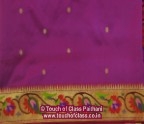
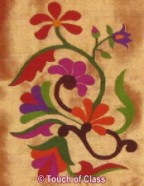
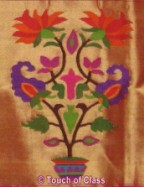
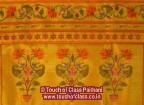
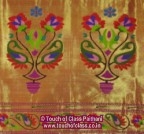
Koyari Paithani: Koyari (Mango) Vases [Pallu
Contents] |&| Koyari (Mango) Vines [Border Motifs]
Koyari or Mango is
integral part of Indian culture and tradition. It was weaved in Paithani for
almost 1000 years since Maratha kingdom was dominant in the region. Many
additions and variations gave it modern look and intricateness.
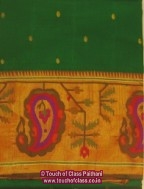
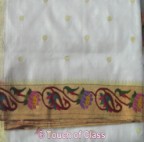
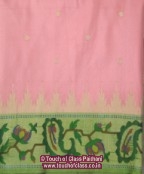
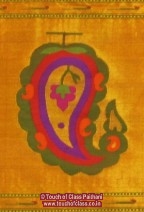
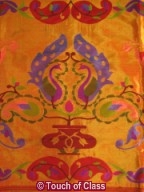
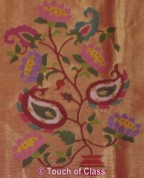
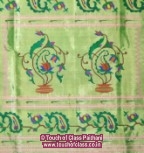
Peacock Paithani:
Peacock-Flower Vases [Pallu
Contents] |&| Peacock-Flower Vines [Border Motifs]
Peacock is synonym for
Paithani. In local language it is termed as Morachi Paithani where Mor means
Peacock. Several variations and designs kept adding since thousand year kept it
most popular design till date.
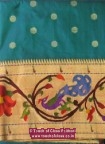
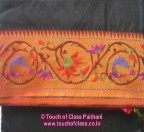
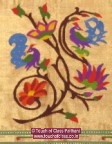
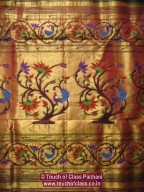
Lotus
Paithani: Lotus Flowers or Kamal Pushpa Vases [Pallu
Contents] |&| Lotus or Kamal Pushpa Vines [Border Motifs]
Buddhism's origin is
Lotus and it is no wonder that past 2000 years Lotus remained a key ingredient
of Paithani weaving. Rightmost is form of Ajanta Lotus while others are inspired
from the murals of Ajanta caves.
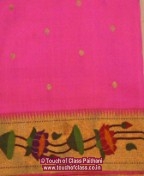
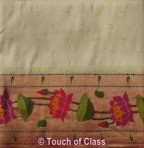
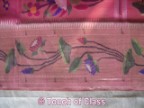
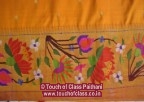
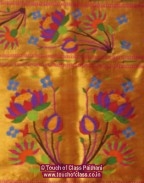
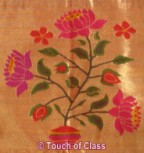
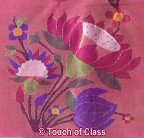
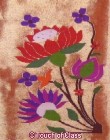
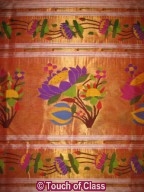

Muniya Paithani: Muniya Paithani Border [Border element and addition to Pallu] Originally Muniya
motif was used to fill the weave in and around other motifs. It was introduced
in 1970's as independent border form by essence of lower cost woven border.
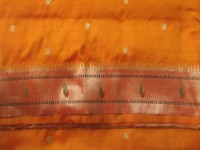
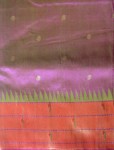
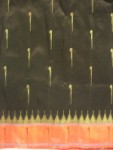
     
Peacock and Parrot Paithani:
Parrot-Peacock-Flower Vases [Pallu
Contents] |&| Peacock-Flower Vines [Border Motifs]
Peacock is synonym for
Paithani. In local language it is termed as Morachi Paithani where Mor means
Peacock. Several variations and designs kept adding since thousand year kept it
most popular design till date.
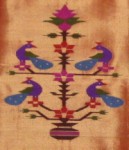
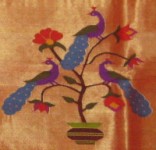
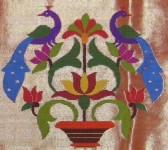
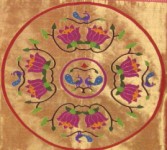
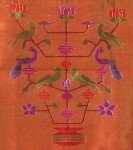
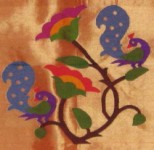
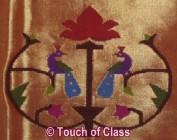
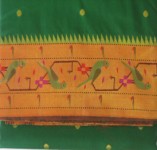
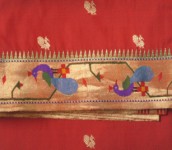
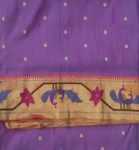
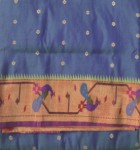
     |